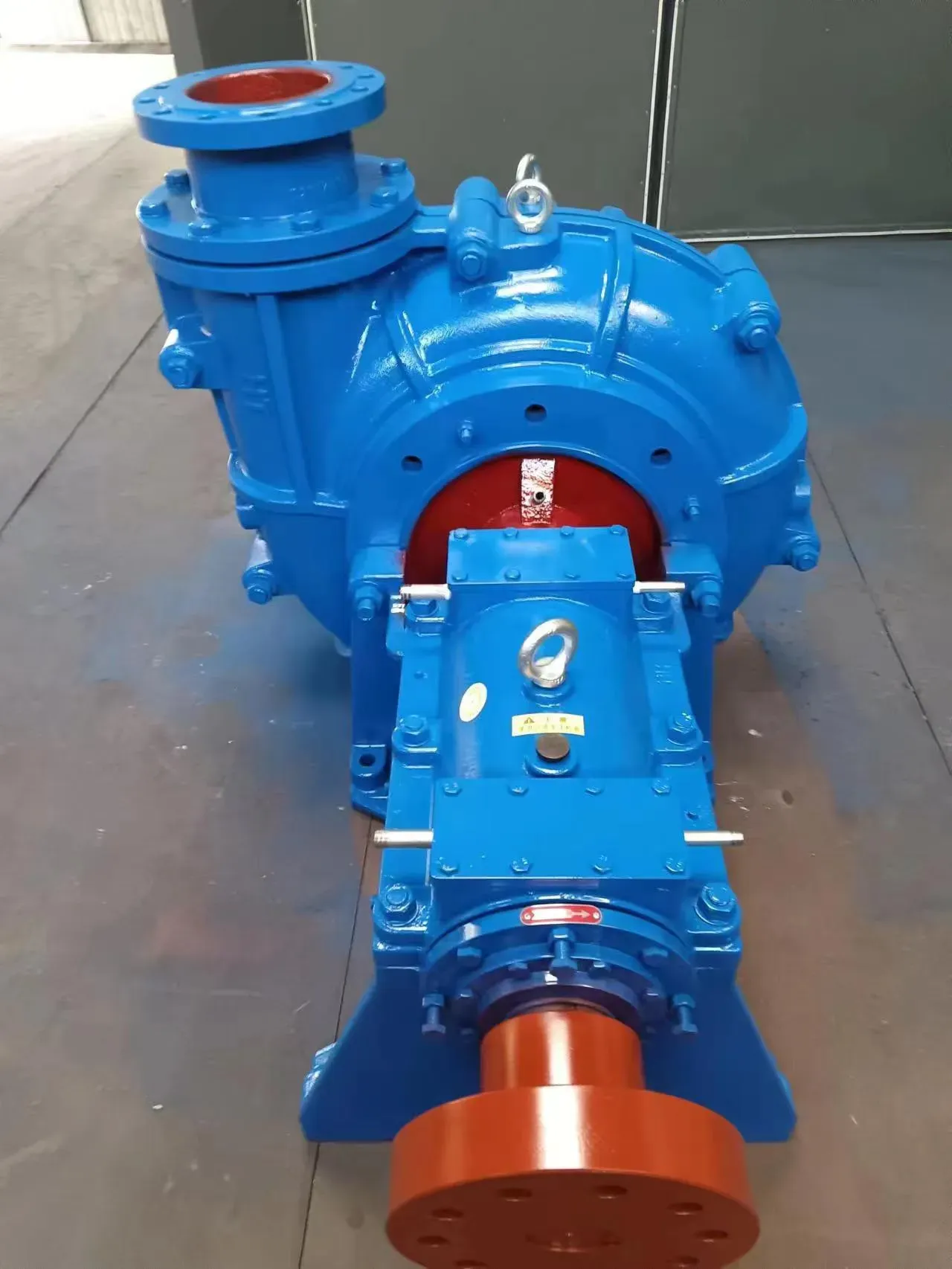Macedonian
- Afrikaans
- Albanian
- Amharic
- Arabic
- Armenian
- Azerbaijani
- Basque
- Belarusian
- Bengali
- Bosnian
- Bulgarian
- Catalan
- Cebuano
- Corsican
- Croatian
- Czech
- Danish
- Dutch
- English
- Esperanto
- Estonian
- Finnish
- French
- Frisian
- Galician
- Georgian
- German
- Greek
- Gujarati
- Haitian Creole
- hausa
- hawaiian
- Hebrew
- Hindi
- Miao
- Hungarian
- Icelandic
- igbo
- Indonesian
- irish
- Italian
- Japanese
- Javanese
- Kannada
- kazakh
- Khmer
- Rwandese
- Korean
- Kurdish
- Kyrgyz
- Lao
- Latin
- Latvian
- Lithuanian
- Luxembourgish
- Macedonian
- Malgashi
- Malay
- Malayalam
- Maltese
- Maori
- Marathi
- Mongolian
- Myanmar
- Nepali
- Norwegian
- Norwegian
- Occitan
- Pashto
- Persian
- Polish
- Portuguese
- Punjabi
- Romanian
- Russian
- Samoan
- Scottish Gaelic
- Serbian
- Sesotho
- Shona
- Sindhi
- Sinhala
- Slovak
- Slovenian
- Somali
- Spanish
- Sundanese
- Swahili
- Swedish
- Tagalog
- Tajik
- Tamil
- Tatar
- Telugu
- Thai
- Turkish
- Turkmen
- Ukrainian
- Urdu
- Uighur
- Uzbek
- Vietnamese
- Welsh
- Bantu
- Yiddish
- Yoruba
- Zulu
Telephone: +86 13120555503
Email: frank@cypump.com
Ное . 16, 2024 07:55 Back to list
sump pump and ejector pump
Understanding Sump Pumps and Ejector Pumps Key Components in Home Drainage Systems
When it comes to managing water within and around our homes, sump pumps and ejector pumps play critical roles. Both devices are vital in preventing water accumulation, thus safeguarding the foundations of our homes and maintaining a dry, healthy environment. Understanding the differences, functions, and installation of these pumps can help homeowners make informed choices for their drainage needs.
What is a Sump Pump?
A sump pump is typically installed in the basement or crawl space of a house to prevent unwanted water accumulation. It is designed to remove excess water that collects in a sump basin, which is often a pit dug into the lowest point of the basement or crawl space. The primary function of a sump pump is to prevent flooding during heavy rainfall or snowmelt and to mitigate water damage caused by rising groundwater levels.
Sump pumps are equipped with a float switch that activates the pump when the water level reaches a certain height. Once the pump is activated, it effectively pumps the water out of the pit and away from the home’s foundation, usually directing it to a nearby drainage system or a designated area of the yard. Sump pumps are available in two main types pedestal and submersible. A pedestal pump has its motor above the sump pit, making it easier to service, while a submersible pump is designed to operate fully underwater.
What is an Ejector Pump?
While a sump pump is primarily used for groundwater removal, an ejector pump serves a different function. Ejector pumps are used for handling wastewater and sewage. They are typically installed in basements or low areas where gravity drainage is not feasible. Ejector pumps transport wastewater from fixtures such as sinks, showers, and toilets to the main sewer line, which is usually located at a higher elevation.
The ejector pump operates using a motor and impeller system to create pressure that pushes the waste through the discharge pipe. Most ejector pumps are equipped with a float switch similar to that of a sump pump, allowing automatic operation when the wastewater level rises. It’s important to note that ejector pumps are designed to handle solid waste and are more robust than sump pumps, which are generally only used for water.
sump pump and ejector pump

Key Differences Between Sump Pumps and Ejector Pumps
While sump pumps and ejector pumps may seem similar in function, they have distinct applications. Sump pumps deal primarily with groundwater and excess rainwater, whereas ejector pumps handle wastewater and sewage. The materials and mechanisms also differ—sump pumps are designed for clean water, while ejector pumps must manage debris and solids, requiring a more powerful motor and more durable components.
Another key difference lies in their installation locations. Sump pumps are typically found in basements or crawl spaces to combat flooding from rain and groundwater, whereas ejector pumps are installed in homes where plumbing fixtures are below the main sewer line, helping to prevent sewage backup.
Installation and Maintenance
Both sump pumps and ejector pumps require proper installation to function effectively. While it may be tempting to perform a DIY installation, hiring a professional plumber is advisable to ensure compliance with local plumbing codes and to guarantee proper functioning.
Maintenance is equally crucial for both types of pumps. Homeowners should regularly inspect and test their sump pumps, ensuring they are free of debris and that the float switch operates correctly. Ejector pumps also require routine checks to ensure that they are not clogged and that the motor is running smoothly.
Conclusion
In summary, sump pumps and ejector pumps are essential components of a home’s drainage system—each serving a specific purpose. Sump pumps protect homes from water damage by removing excess groundwater, while ejector pumps efficiently transport wastewater away from the home. By understanding their functions, differences, and maintenance requirements, homeowners can take proactive steps to prevent water-related issues, ensuring a dry and safe living environment. Proper installation and regular maintenance will extend the life of these critical devices, ultimately protecting one's home investment and peace of mind.
-
China Small Slurry Pump Manufacturer - High Efficiency Small Centrifugal Slurry Pumps for Mining & Industry
NewsJun.24,2025
-
Custom Drilling Mud and Slurry Pump Supplier - High Efficiency, Tailored Solutions
NewsJun.10,2025
-
Supply Vertical Submersible Sewage Pump High-Efficiency WQ/QW Pumps Supplier
NewsJun.10,2025
-
Premium Sewage Ejection System & Pumps Efficient Waste Removal
NewsJun.09,2025
-
Premium Wholesale Slurry Pump Impellers Durable & Efficient Slurry Handling
NewsJun.09,2025
-
Top Sewage Pump Companies Durable Industrial Solutions for Efficiency
NewsJun.09,2025










